
Mar 10, 2019
Train Valley 2 - flazm
Hello everyone! Here is a small hotfix to our recent update.
Stay tuned! :tv2conductor:
Bugs fixed:
- Market object rotation problem.Stay tuned! :tv2conductor:


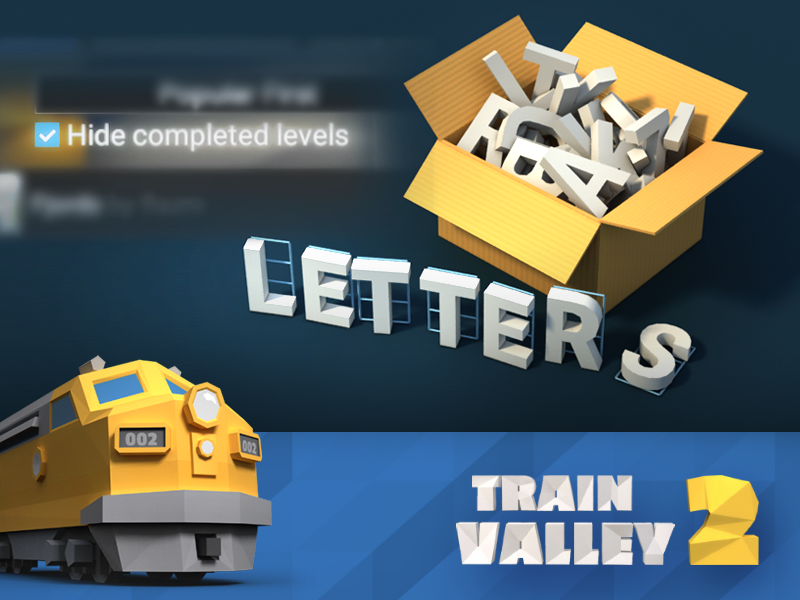 Hello friends! Here is our new update. Sorry for the delay. It means that we are first of all focused on implementing new mechanics and features for the full release. But we have prepared something for you as well:
Hello friends! Here is our new update. Sorry for the delay. It means that we are first of all focused on implementing new mechanics and features for the full release. But we have prepared something for you as well:
 Hello friends! It's a new month and new race for a place on the cover of Train Valley Time. There are more and more game mechanics, the authors are finding new uses for old features and give us a fresh look at the game. Let's sum up the first week!
Hello friends! It's a new month and new race for a place on the cover of Train Valley Time. There are more and more game mechanics, the authors are finding new uses for old features and give us a fresh look at the game. Let's sum up the first week!
 (Photo from Wikipedia)
(Photo from Wikipedia)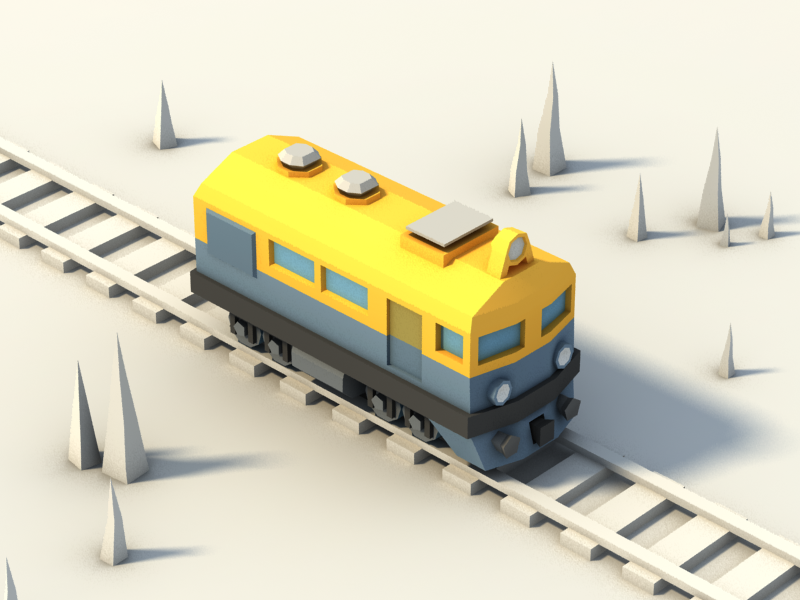

 Hello everyone! Glad to meet you again! Congratulations with the end of winter! The first day of spring is the perfect time to recollect all the great workshop levels we have played in February and choose the best one. And the winner is:
Hello everyone! Glad to meet you again! Congratulations with the end of winter! The first day of spring is the perfect time to recollect all the great workshop levels we have played in February and choose the best one. And the winner is:
 Hello friends! The news feed is full of photos of the happy winners of the Oscars, it's time for us to take stock of the past week.
Hello friends! The news feed is full of photos of the happy winners of the Oscars, it's time for us to take stock of the past week.
 (Photo from Wikipedia)
(Photo from Wikipedia)
 (Photo from Wikipedia)
(Photo from Wikipedia)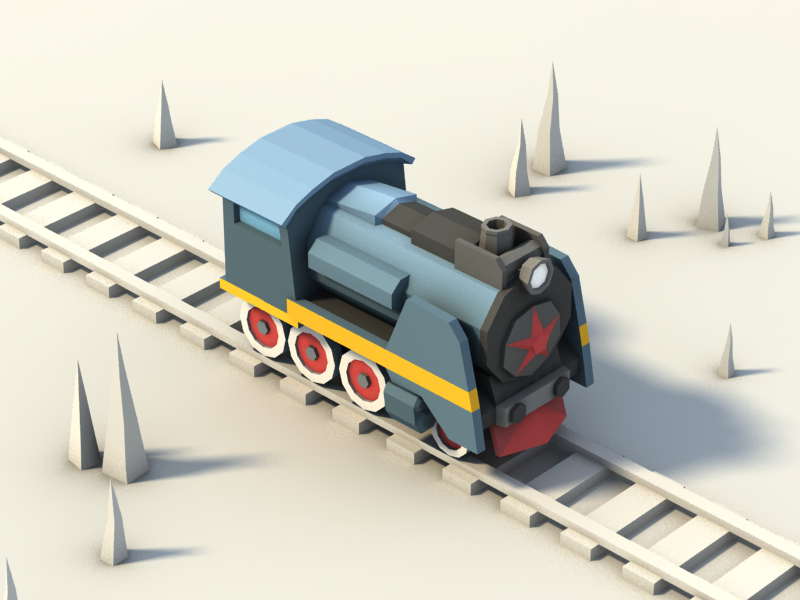

 Hello everyone! The end of winter is coming, and your warm summer maps make it feel even closer. A lot of markets have opened this week and we enjoyed visiting each of them. What’s in the shopping bag?
Hello everyone! The end of winter is coming, and your warm summer maps make it feel even closer. A lot of markets have opened this week and we enjoyed visiting each of them. What’s in the shopping bag?
 (Photo from Wikipedia)
(Photo from Wikipedia)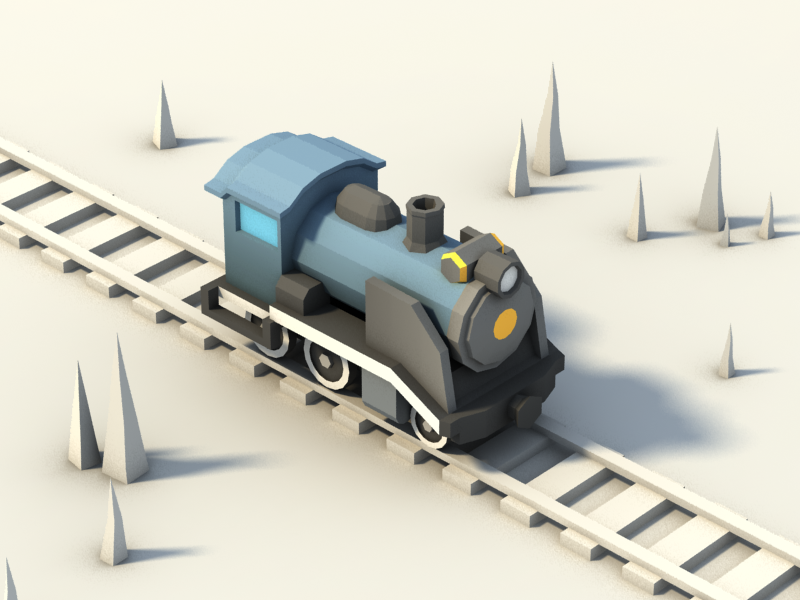

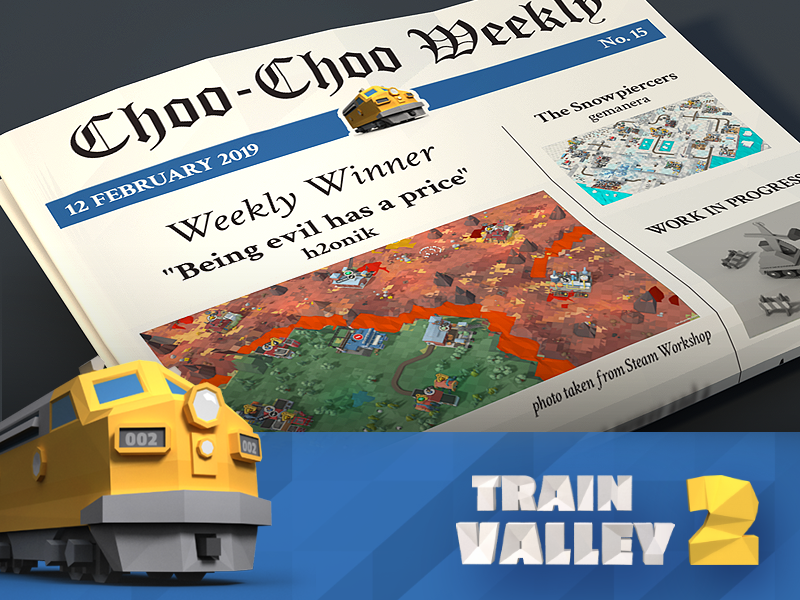 Hello friends! The celebration of the Lunar New Year has ended. The Yellow Earthen Pig has finally come and we hope brought you a lot of steam coins! So while we are picking up the confetti, extinguishing the lanterns and hiding the dragon you can read a new issue of “Choo-Choo Weekly” about two great levels from our workshop! All aboard!
Hello friends! The celebration of the Lunar New Year has ended. The Yellow Earthen Pig has finally come and we hope brought you a lot of steam coins! So while we are picking up the confetti, extinguishing the lanterns and hiding the dragon you can read a new issue of “Choo-Choo Weekly” about two great levels from our workshop! All aboard!